Home » Application » Hybrid Application of Wind Energy with Other Energy Sources
Hybrid Application of Wind Energy with Other Energy Sources
One of the notable characteristics in the wind power generation is its uncertainty due to the sudden change in both wind speed and direction, especially for off-grid wind power generation systems. Therefore, the power output from wind turbines fluctuates from time to time. When wind turbines are connected to a small or isolated grid, the power output from other generators must be varied in response to these variations and fluctuation in order to keep system frequency and voltage within predefined limits. For this purpose, it is beneficial to integrate wind and other complementary energy sources to form hybrid power systems for assuring the stability and reliability of power supply and reducing the requirement for the wind energy storage.
Wind–solar Hybrid System
Both wind and solar energy are highly intermittent electricity generation sources. Time intervals within which fluctuations occur span multiple temporal scales, from seconds to years. These fluctuations can be subdivided into periodic fluctuations (diurnal or annual fluctuations) and non-periodic fluctuations related to the weather change.
Wind and solar energy are complementary to each other in time sequence and regions. In the summer, sunlight is intensive and the sunshine duration is long but there is less wind. In the winter, when less sunlight is available, wind becomes strong. During a day, the sunshine is strong while wind is weak. After sunset, the wind is strengthened due to large temperature changes near the earth’s surface. It has been reported that the effects of complementarity are more dramatic in certain periods and locations at Serbia. The analyses and test data of wind–solar hybrid power systems have shown that the optimum combination of the wind– solar hybrid system lies between 0.70 and 0.75 of solar energy to load ratio with the minimized life cycle cost. For all load demands, the leveled energy cost for the wind–solar hybrid system is always lower than that of standalone solar or wind system.
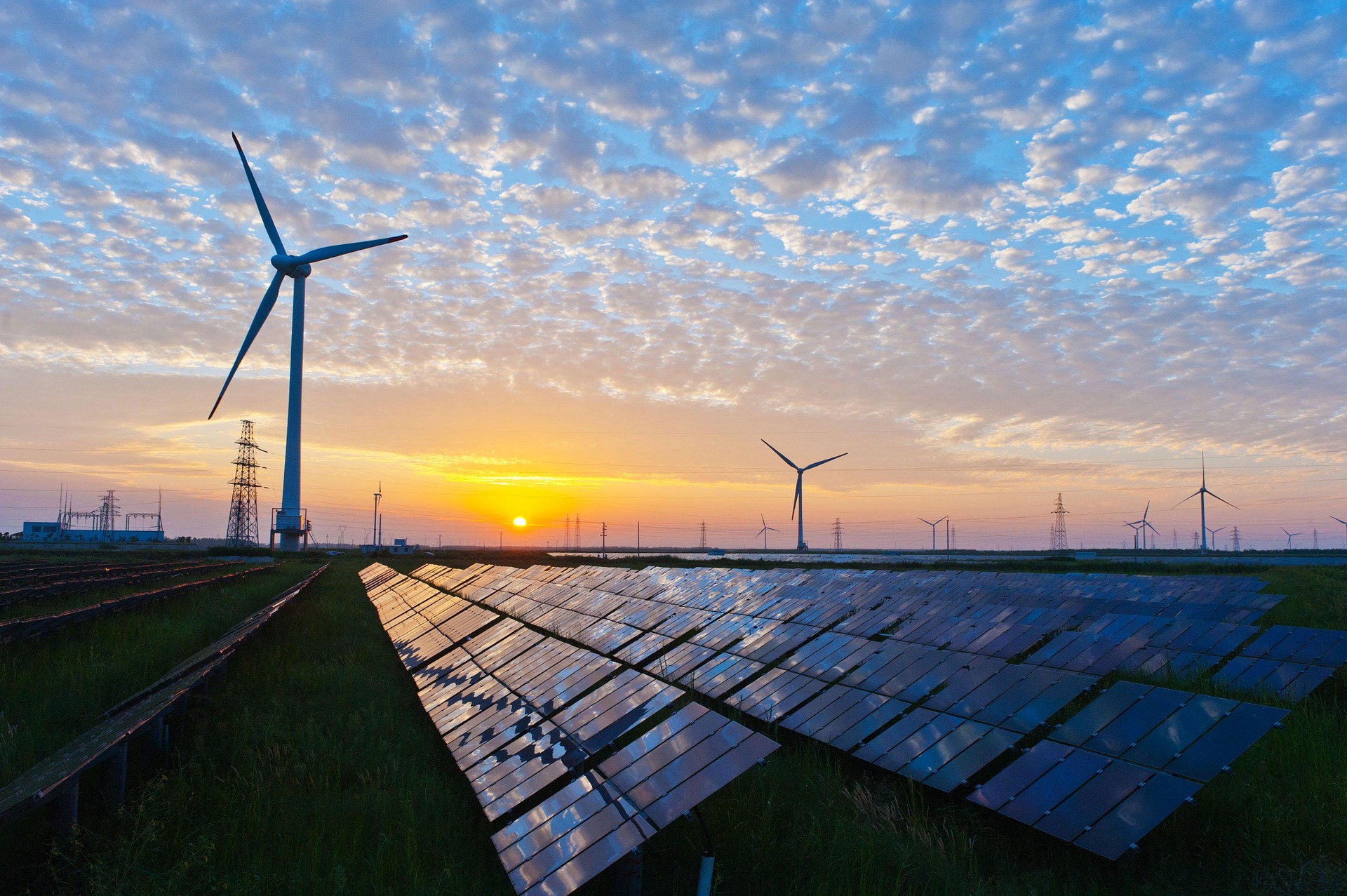
Because the major operating time for wind and solar systems occurs at different periods of time, wind–solar hybrid power systems can ensure the reliability of electricity supply. The applications of wind–solar hybrid systems ranges extensively from residential houses to municipal and industrial facilities, either grid connected or standalone. For instance, as an independent power supply source, wind–solar hybrid systems have been widely used in China for street lighting (see Fig. 1 ). The world’s largest wind–solar power test base, integrating wind power, photovoltaic power and energy storage, is being constructed at Zhangbei, China. The project will have an installed capacity to generate 300 MW of wind power, 100 MW of solar power and 75 MW of chemical energy storage.
Meanwhile, in Qinghai Province, China, there are several large-scale wind-solar hybrid projects. The largest of these projects consists of a 330 kV booster station with seven photovoltaic production areas. The current integrated by the numerous photovoltaic panels will be fed to the booster station via each section of overhead line or cable line and then connected to the power grid. This wind-solar complementary integration and optimization project is divided into one and two phases of demonstration projects, with each base project having a single capacity of 500 MW, and a total capacity of 1,000 MW upon completion, which will make it the largest hybrid power generation base in China.
Wind–hydro Hybrid System
Hydropower generation is to convert potential energy in water into electrical energy by means of hydropower generators. As a renewable and clean energy source, hydropower accounts for the dominant portion of electricity generated from all renewable sources.
In many locations of the world, hydropower is complementary with wind power, while the seasonal wind power distribution is higher in winter and spring but lower in summer and fall, hydropower is lower in the dry seasons (winter and spring) but higher in the wet seasons (summer and fall). Thus, the integration of wind and hydropower systems can provide significant technical, economic, and systematic benefits for both systems. Taking a reservoir as a means of energy regulation, “green” electricity can be produced with wind–hydro hybrid systems.
Wind–hydrogen System
Hydrogen is an energy carrier and can be produced from a variety of resources such as water, fossil fuels, and biomass. As a fuel with a high energy density, hydrogen can be stored, transported and then converted into electricity by means of fuel cells at end users.

It is widely recognized that wind power, solar power and other renewable energy power generation systems can be integrated with the electrolysis hydrogen production system to produce hydrogen fuel. The largest wind-to-hydrogen power system in the UK has been applied to a building that is fuelled solely by wind and “green” hydrogen power with the developed hydrogen minigrid system technology. In this system, electricity generated from a wind turbine is mainly used to provide to the building and excess electricity is used to produce hydrogen using a state-of-the-art high-pressure alkaline electrolyser.
Denmark, known for its popularity of wind power, and Germany, Sweden and Norway form a Central European-Scandinavian power grid for peaking. Ninety percent of Norway's electricity is hydropower, with a strong peaking capacity. Visible, wind-water complementary for wind industry development is the basis and the key.
Wind–diesel power generation system
Wind power can be combined with power produced by diesel engine-generator systems to provide a stable supply of electricity. In response to the variations in wind power generation and electricity consumption, diesel generator sets may operate intermittently to reduce the consumption of the fuel. It was reported that a viable wind–diesel stand-alone system can operate with an estimated 50–80% fuel saving compared to power supply from diesel generation alone.
Wind–diesel hybrid power systems have been studied since 1995 in the US. Till now, many new techniques have been developed and a large number of wind– diesel power generation systems have been installed all over the world. According to the proportion of wind use in the system, three different types of wind–diesel systems can be distinguished: low, medium, and high penetration wind–diesel systems. Presently, low penetration systems are used at the commercial level, whereas solutions for high penetration wind–diesel systems are at the demonstration level. The technology trends include the development of robust and proven control strategies.
Wind–solar Hybrid System
Both wind and solar energy are highly intermittent electricity generation sources. Time intervals within which fluctuations occur span multiple temporal scales, from seconds to years. These fluctuations can be subdivided into periodic fluctuations (diurnal or annual fluctuations) and non-periodic fluctuations related to the weather change.
Wind and solar energy are complementary to each other in time sequence and regions. In the summer, sunlight is intensive and the sunshine duration is long but there is less wind. In the winter, when less sunlight is available, wind becomes strong. During a day, the sunshine is strong while wind is weak. After sunset, the wind is strengthened due to large temperature changes near the earth’s surface. It has been reported that the effects of complementarity are more dramatic in certain periods and locations at Serbia. The analyses and test data of wind–solar hybrid power systems have shown that the optimum combination of the wind– solar hybrid system lies between 0.70 and 0.75 of solar energy to load ratio with the minimized life cycle cost. For all load demands, the leveled energy cost for the wind–solar hybrid system is always lower than that of standalone solar or wind system.

Because the major operating time for wind and solar systems occurs at different periods of time, wind–solar hybrid power systems can ensure the reliability of electricity supply. The applications of wind–solar hybrid systems ranges extensively from residential houses to municipal and industrial facilities, either grid connected or standalone. For instance, as an independent power supply source, wind–solar hybrid systems have been widely used in China for street lighting (see Fig. 1 ). The world’s largest wind–solar power test base, integrating wind power, photovoltaic power and energy storage, is being constructed at Zhangbei, China. The project will have an installed capacity to generate 300 MW of wind power, 100 MW of solar power and 75 MW of chemical energy storage.
Meanwhile, in Qinghai Province, China, there are several large-scale wind-solar hybrid projects. The largest of these projects consists of a 330 kV booster station with seven photovoltaic production areas. The current integrated by the numerous photovoltaic panels will be fed to the booster station via each section of overhead line or cable line and then connected to the power grid. This wind-solar complementary integration and optimization project is divided into one and two phases of demonstration projects, with each base project having a single capacity of 500 MW, and a total capacity of 1,000 MW upon completion, which will make it the largest hybrid power generation base in China.
Wind–hydro Hybrid System
Hydropower generation is to convert potential energy in water into electrical energy by means of hydropower generators. As a renewable and clean energy source, hydropower accounts for the dominant portion of electricity generated from all renewable sources.
In many locations of the world, hydropower is complementary with wind power, while the seasonal wind power distribution is higher in winter and spring but lower in summer and fall, hydropower is lower in the dry seasons (winter and spring) but higher in the wet seasons (summer and fall). Thus, the integration of wind and hydropower systems can provide significant technical, economic, and systematic benefits for both systems. Taking a reservoir as a means of energy regulation, “green” electricity can be produced with wind–hydro hybrid systems.
Wind–hydrogen System
Hydrogen is an energy carrier and can be produced from a variety of resources such as water, fossil fuels, and biomass. As a fuel with a high energy density, hydrogen can be stored, transported and then converted into electricity by means of fuel cells at end users.

It is widely recognized that wind power, solar power and other renewable energy power generation systems can be integrated with the electrolysis hydrogen production system to produce hydrogen fuel. The largest wind-to-hydrogen power system in the UK has been applied to a building that is fuelled solely by wind and “green” hydrogen power with the developed hydrogen minigrid system technology. In this system, electricity generated from a wind turbine is mainly used to provide to the building and excess electricity is used to produce hydrogen using a state-of-the-art high-pressure alkaline electrolyser.
Denmark, known for its popularity of wind power, and Germany, Sweden and Norway form a Central European-Scandinavian power grid for peaking. Ninety percent of Norway's electricity is hydropower, with a strong peaking capacity. Visible, wind-water complementary for wind industry development is the basis and the key.
Wind–diesel power generation system
Wind power can be combined with power produced by diesel engine-generator systems to provide a stable supply of electricity. In response to the variations in wind power generation and electricity consumption, diesel generator sets may operate intermittently to reduce the consumption of the fuel. It was reported that a viable wind–diesel stand-alone system can operate with an estimated 50–80% fuel saving compared to power supply from diesel generation alone.
Wind–diesel hybrid power systems have been studied since 1995 in the US. Till now, many new techniques have been developed and a large number of wind– diesel power generation systems have been installed all over the world. According to the proportion of wind use in the system, three different types of wind–diesel systems can be distinguished: low, medium, and high penetration wind–diesel systems. Presently, low penetration systems are used at the commercial level, whereas solutions for high penetration wind–diesel systems are at the demonstration level. The technology trends include the development of robust and proven control strategies.
Post a Comment:
You may also like:

Featured Articles
Applications for Small Wind Turbines
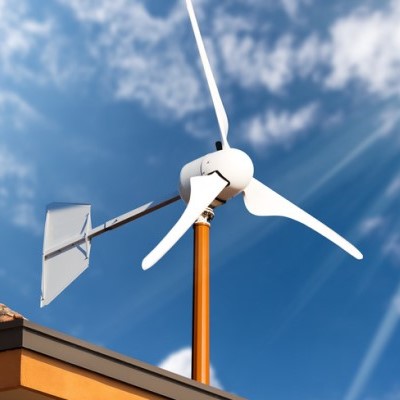 Small-scale wind energy is a small but rapidly growing segment of the RE industry in the US. Like other renewable sources, in its ...
Small-scale wind energy is a small but rapidly growing segment of the RE industry in the US. Like other renewable sources, in its ...
 Small-scale wind energy is a small but rapidly growing segment of the RE industry in the US. Like other renewable sources, in its ...
Small-scale wind energy is a small but rapidly growing segment of the RE industry in the US. Like other renewable sources, in its ...Wind Turbine for Onshore Application
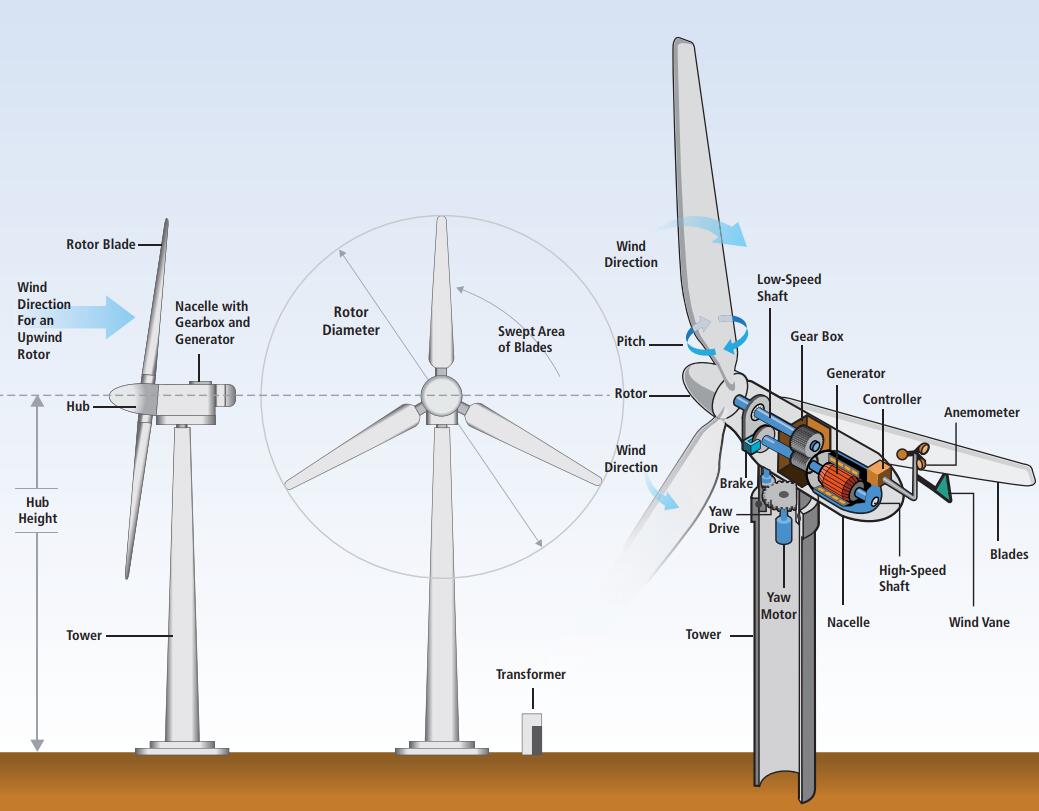 Modern, commercial grid-connected wind turbines have evolved from small, simple machines to large,highly ...
Modern, commercial grid-connected wind turbines have evolved from small, simple machines to large,highly ...
 Modern, commercial grid-connected wind turbines have evolved from small, simple machines to large,highly ...
Modern, commercial grid-connected wind turbines have evolved from small, simple machines to large,highly ...Application in Severe Climates
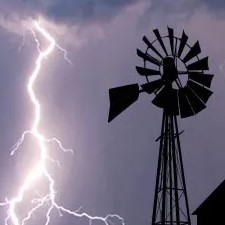 Operation in severe climates imposes special design considerations on wind turbines. Severe climates may include those with ...
Operation in severe climates imposes special design considerations on wind turbines. Severe climates may include those with ...
 Operation in severe climates imposes special design considerations on wind turbines. Severe climates may include those with ...
Operation in severe climates imposes special design considerations on wind turbines. Severe climates may include those with ...Application in Energy Storage
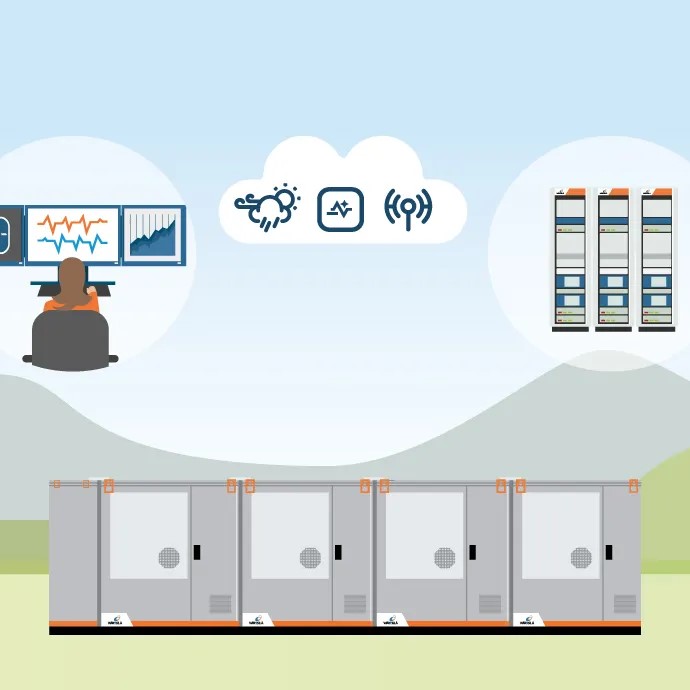 With the development of science and technology, energy storage is one of the most effective ways to solve the problem of ...
With the development of science and technology, energy storage is one of the most effective ways to solve the problem of ...
 With the development of science and technology, energy storage is one of the most effective ways to solve the problem of ...
With the development of science and technology, energy storage is one of the most effective ways to solve the problem of ...History of Wind Energy Applications
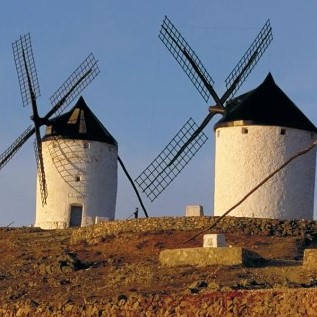 Wind is used to produce electricity by converting the kinetic energy of air in motion into electricity. In modern wind ...
Wind is used to produce electricity by converting the kinetic energy of air in motion into electricity. In modern wind ...
 Wind is used to produce electricity by converting the kinetic energy of air in motion into electricity. In modern wind ...
Wind is used to produce electricity by converting the kinetic energy of air in motion into electricity. In modern wind ...